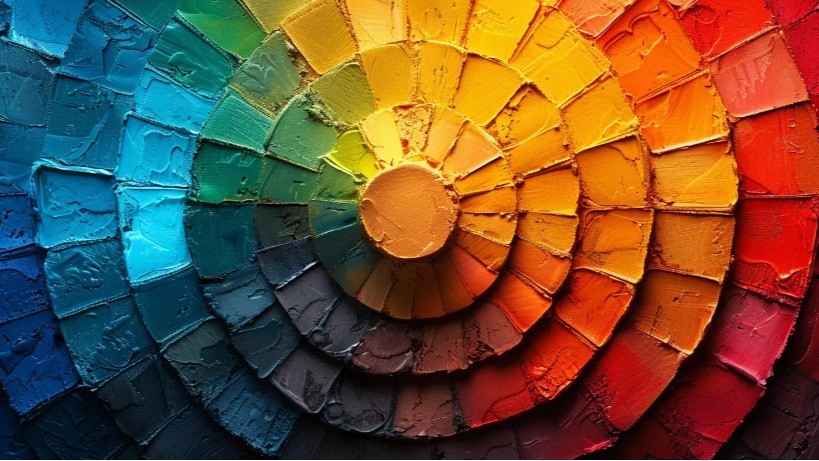The Vibrancy of India – A Lesson in Cultural Colour
Years ago, while travelling through India, I was mesmerised by the kaleidoscope of colours in every aspect of life. From the bold ochres and reds of Rajasthan to the vibrant blues of Jodhpur, every hue seemed to tell a story. The use of colour wasn’t random—it was purposeful, symbolic, and steeped in history. Marigold garlands adorned temples and markets, symbolising purity and positivity, while the bright pinks and greens of Holi celebrated joy and togetherness.
These experiences taught me that in cultures such as India, colour is not merely aesthetic; it is an expression of identity and emotion. For designers, this serves as a reminder to consider how cultural context shapes the way people perceive and interact with spaces.
Sydney vs. Melbourne – A Tale of Local Colour Preferences
Recently, a comment during a colleague meeting stopped me in my tracks: “It’s not a Sydney colour, it’s more a Melbourne colour.” This offhand remark made me reflect on how even within the same country, our perceptions of colour are influenced by geography and culture.
Sydney, with its coastal feel and outdoor lifestyle, often leans towards lighter, airier palettes. Melbourne, on the other hand, embraces moodier tones – charcoal greys, deep greens, and even black, reflecting its cosmopolitan, artsy character. These preferences highlight an important point – design doesn’t exist in a vacuum. It is influenced by local culture, climate, and even collective personality.
Designing with Cultural Sensitivity
For designers, understanding these subtleties can transform how we approach projects. Here are three considerations for incorporating cultural and regional colour psychology:
- Research the Audience: Before selecting a colour palette, understand the cultural or regional context of your audience. What are the colours that evoke comfort, energy, or sophistication in their world?
- Balance Tradition and Innovation: In multicultural environments, blend traditional hues with modern design elements to create spaces that feel both familiar and fresh.
- Create Emotionally Resonant Spaces: Leverage colour psychology to evoke desired emotions. In hospitality, for instance, warm tones like red or orange might work well in communal spaces to encourage conversation, while cooler shades can instil calm in private areas.
A Global Perspective, Applied Locally
My travels and conversations have reinforced the idea that colour is more than visual—it is visceral. It can bridge divides, celebrate identities, and evoke emotions that transcend language.
Designers wield immense power in shaping these experiences.
As we work in increasingly multicultural and interconnected environments, let us honour the diversity of colour by using it thoughtfully and inclusively. From the sun-soaked beaches of Sydney to the bustling streets of Mumbai, colour is a connector—a language of its own that deserves our respect and curiosity.

